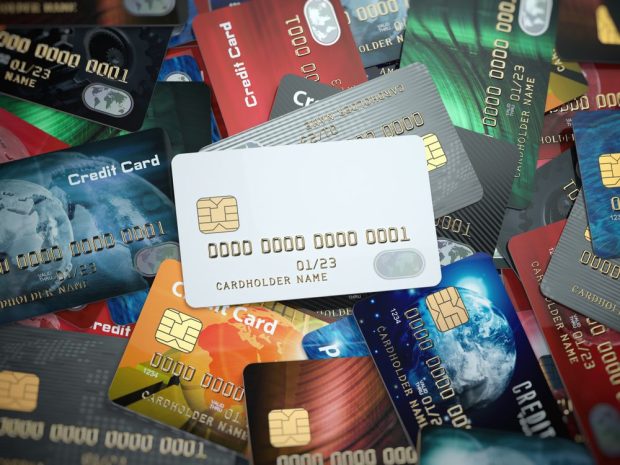CFPB Wants Credit Card Companies to Be More Transparent About Product Info

The Consumer Financial Protection Bureau (CFPB) wants to help Americans find new, better credit cards.
The bureau announced Tuesday (Mar. 21) upgrades to its survey of credit card issuers to help consumers compare interest rates and other features when seeking new cards.
“Given the rise in interest rates, the CFPB has modernized how it collects credit card data to spur competition and help families use products with lower rates and fees,” CFPB Director Rohit Chopra said in a news release.
“These improvements will also give smaller relationship banks that offer better terms and better service another way to compete against the dominant credit card companies.”
The CFPB said its survey is designed to provide consumers with an impartial data source to find the best interest rates and products.
The bureau argues consumers have traditionally faced a number of roadblocks in this search, as “many big issuers make it difficult for consumers to estimate the interest rate they will pay.”
With the updates, consumers will be able to find the cards that best meet their needs and offer lower interest rates and “realistic” interest rates.
That means asking questions about a card’s annual percentage rate (APR). If the APR varies by credit score, card companies will need to report the minimum and maximum APR offered and the median APR offered by certain credit score tiers.
“People often have a general idea of their credit scores, so seeing the median APR for their range will allow them to better compare APRs across products and estimate the potential cost of borrowing before they apply,” the CFPB said.
Recent research by PYMNTS shows that consumers need all the help they can get regarding credit cards.
According to the February 2023 edition of the “New Reality Check: The Paycheck-to-Paycheck Report,” a collaboration with LendingClub, consumers who live paycheck to paycheck with issues paying their monthly bills carry average balances of 157% of their available savings.
That means these consumers would still have a balance, even if they drained their savings accounts to pay off their debts.
Consumers living paycheck to paycheck but who have no issues paying bills are in a somewhat better spot, carrying credit card balances that are about two-thirds (62%) of their available savings. In contrast, the average consumer with no issues paying their debts is in the most enviable financial position, carrying outstanding card balances that equal little more than a third (35%) of their available savings.
“Still, with economic and inflationary headwinds continuing to eat away at both savings and spending power, many individuals will need to continue to adjust and tighten their spending behavior to meet the ongoing challenges of today’s macroclimate,” PYMNTS wrote.

